Vivo X200 Pro Review: Nearly picture perfect
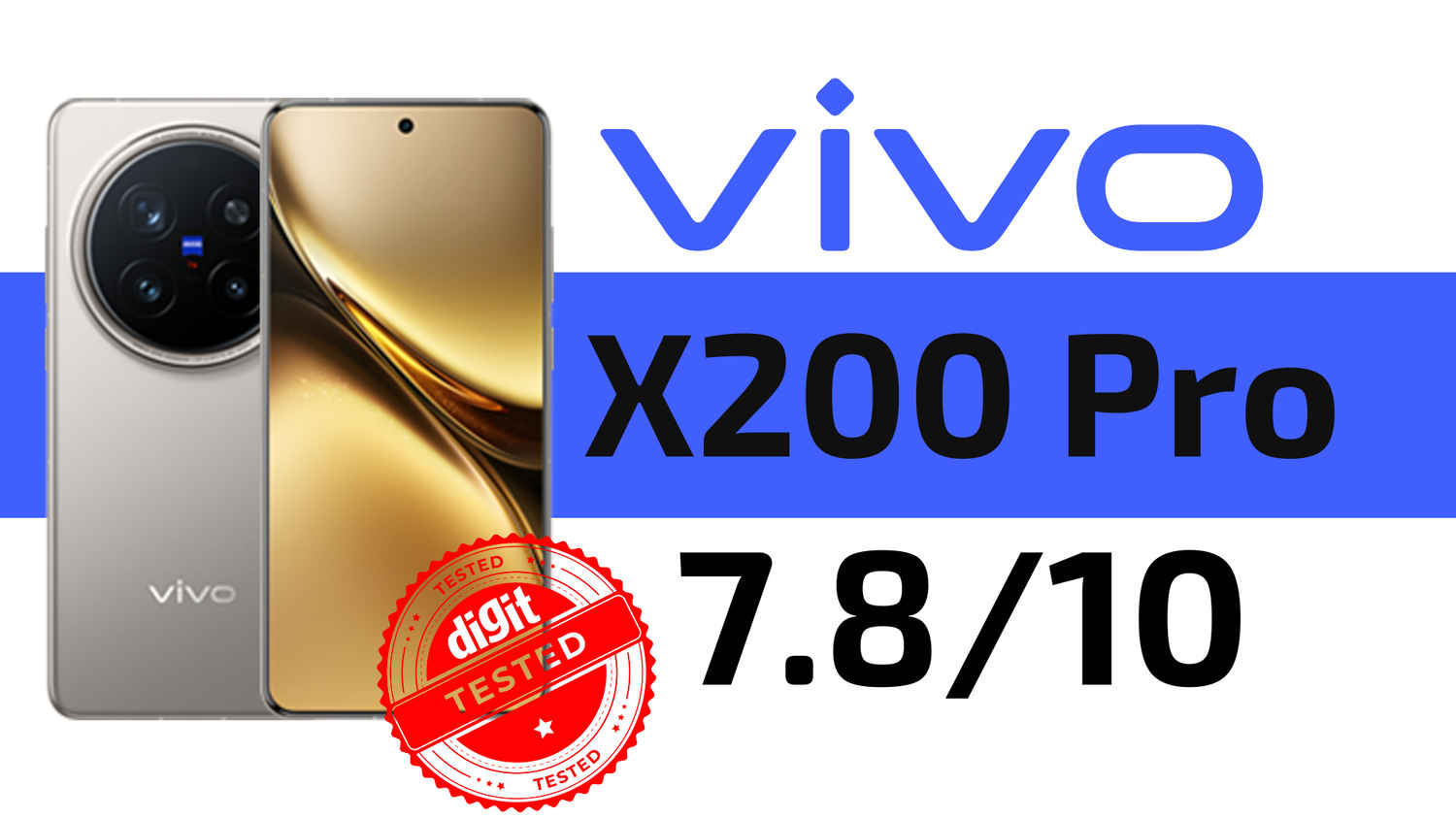
- Excellent camera array
- Powerful performer
- Superb battery life
- Bright LTPO AMOLED display
- Bulky and top-heavy
- Bloatware
The Vivo X200 Pro is a testament to Vivo’s commitment to pushing the boundaries of smartphone photography. Its revamped telephoto lens, improved video capabilities, and versatile camera features make it a standout choice for photography enthusiasts. While it doesn’t dominate in raw performance or gaming, the X200 Pro delivers a well-rounded flagship experience with excellent battery life, a stunning display, and a premium build. The refined FunTouch OS enhances usability, but the bloatware remains a drawback.
The Vivo X200 Pro enters the market as a bold statement for smartphone photography enthusiasts, building upon the strong foundation laid by its predecessor, the Vivo X100 Pro (review). With a relentless focus on camera innovation, Vivo aims to cement its place as a leader in mobile photography. The X200 Pro takes a leap forward with a revamped telephoto lens, upgraded image processing, and versatile video recording features, all under the continued collaboration with Zeiss.
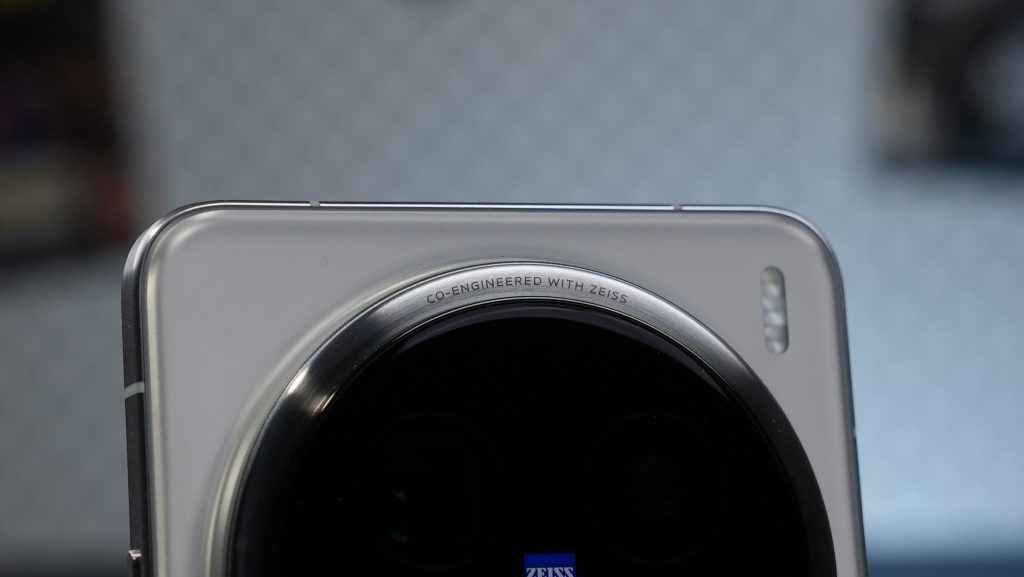
While its predecessor was somewhat underrated, the X200 Pro sets out to win more hearts by not only focusing on photography but also refining the overall smartphone experience. Competing against heavyweights like the Samsung Galaxy S24 Ultra (review), iPhone 16 Pro Max (review), iQOO 13 (review), and OPPO Find X8 Pro (review), the Vivo X200 Pro hopes to deliver a well-rounded flagship experience to stand out amongst the pack.
With its striking design, powerful MediaTek Dimensity 9400 chipset, and massive 6,000 mAh battery, the X200 Pro is more than just a camera phone. But is this enough to make it a must-buy for flagship seekers? Let’s dive into the details and see how it compares to its competitors and its predecessor, the Vivo X100 Pro.
Vivo X200 Pro Review: Build and Design
The Vivo X200 Pro embraces a bold design that prioritises function over form. The oversized camera module instantly catches the eye, clearly stating the phone’s focus on photography. However, this design choice leads to noticeable table wobble, which might frustrate some users. It also makes the phone uncomfortably top-heavy. The massive camera module is also a hindrance when gaming as it juts out quite a bit.
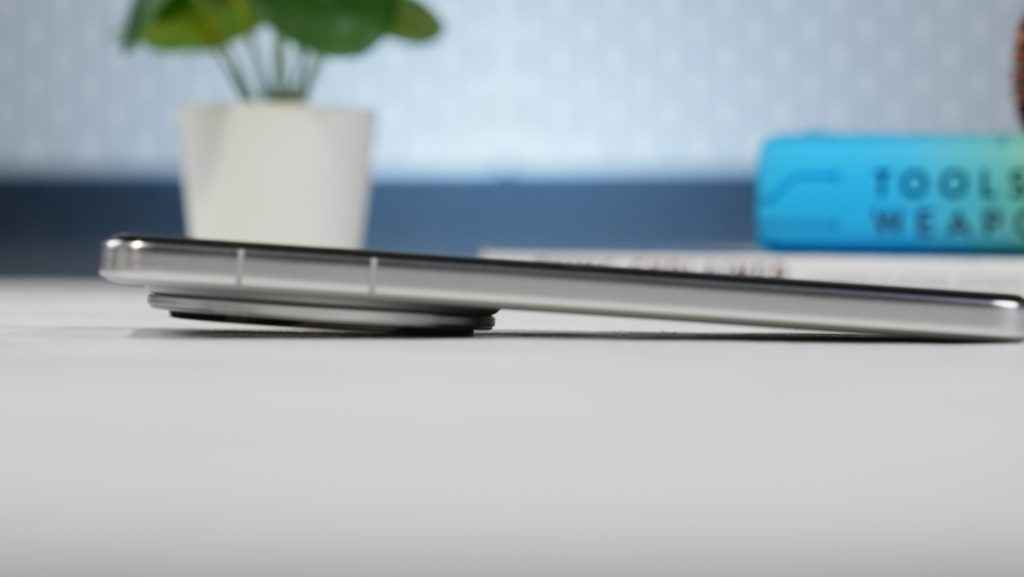
Still, compared to the Vivo X100 Pro, the X200 Pro refines its design with subtle yet significant updates. The aluminium frame is now thicker and flatter, contributing to better grip and durability. Vivo also introduces an IP69 rating—an upgrade from the typical IP68 protection—offering resistance to high-pressure water jets, a rarity in smartphones.

The front is adorned with Vivo’s Armor Glass, while the back features premium matte-finish glass that resists fingerprints. However, we don’t know how durable Vivo’s Armor Glass is in comparison to Corning’s latest offering. The ergonomic tweaks, such as slightly rounded edges on the flattened display glass, improve the in-hand feel. The phone comes in Cosmos Black and Titanium Gray, and I got the latter for review. It has minimal frills and keeps things quite classy and subtle.
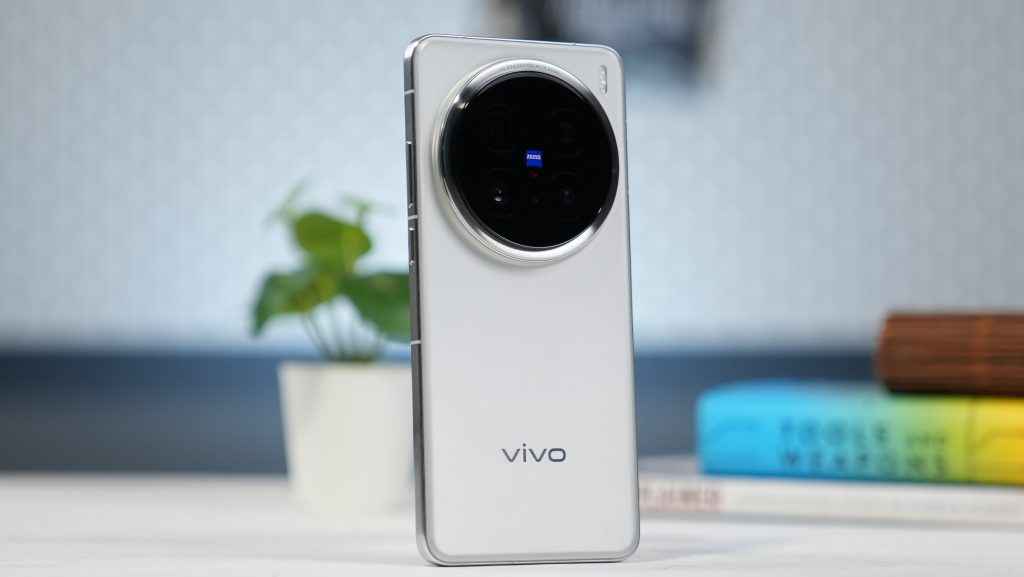
The ultrasonic fingerprint sensor is another welcome addition, offering faster and more reliable authentication even in challenging conditions like damp or dusty environments. While the phone is on the heavier side, its premium build and enhanced durability somewhat make up for it.
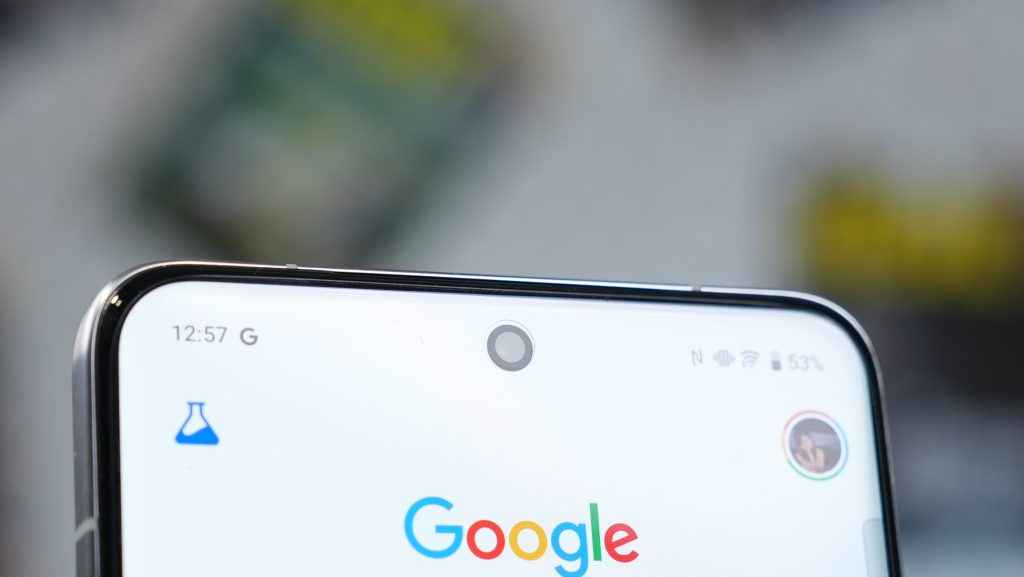
Vivo X200 Pro Review: Display
The Vivo X200 Pro features a stunning 6.78-inch AMOLED display with a 1.5K resolution, delivering sharp visuals at 452 pixels per inch. Its LTPO panel offers an adaptive refresh rate from 120Hz to as low as 0.1Hz. Android’s native refresh rate tool showed that the display went down to 1Hz and not 0.1Hz, however, I don’t think this tool is coded to go below 1Hz. So, the phone is possibly going all the way down to 0.1Hz, which would definitely improve battery life longevity.
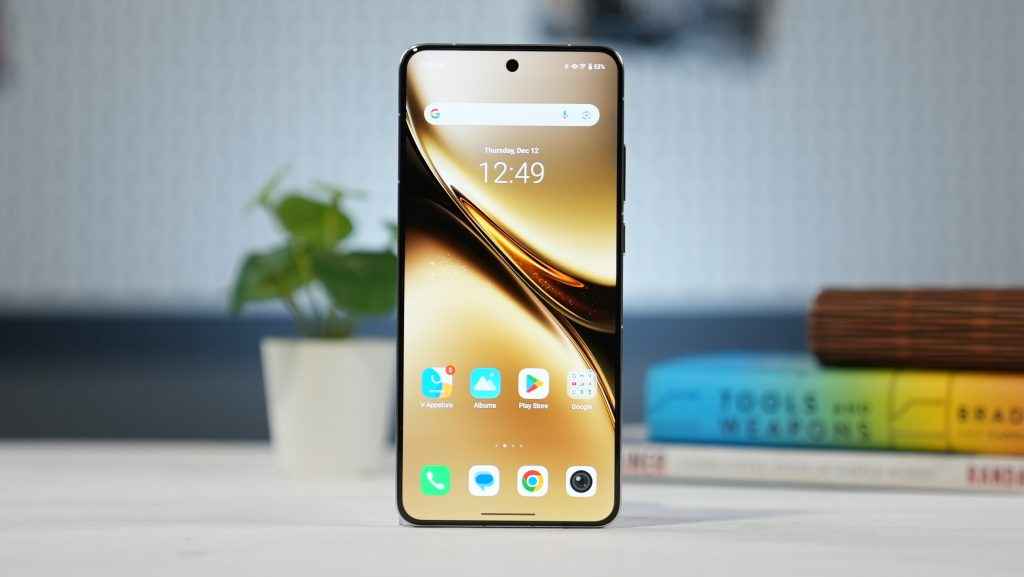
With support for HDR10+ and Dolby Vision, the X200 Pro provides a rich viewing experience for HDR content. Vivo claims a peak brightness of 4500 nits when viewing HDR content. In our tests, we recorded an impressive 1992 nits on Auto-Brightness Mode. So, visibility under direct sunlight is top-notch!
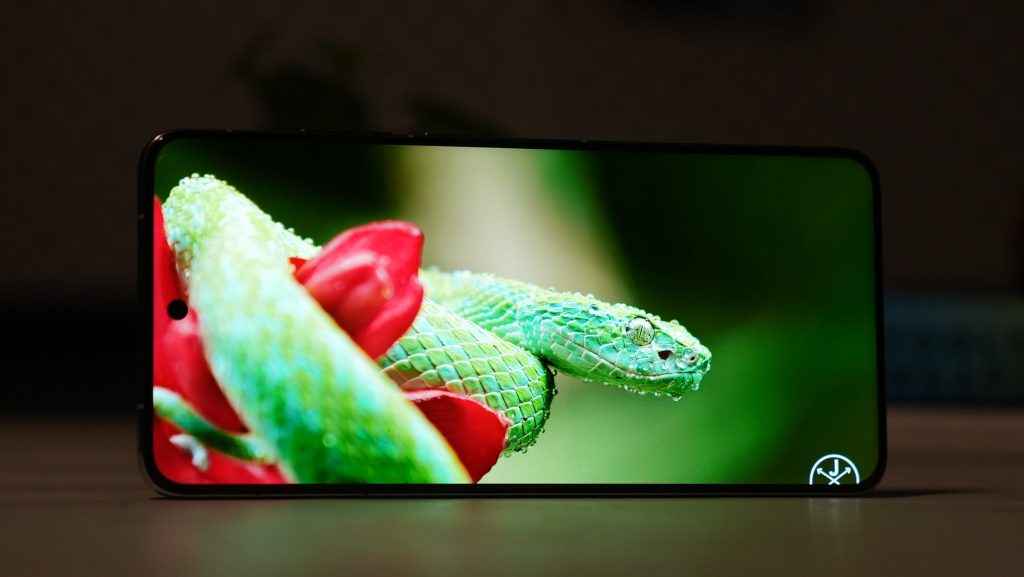
While some might expect a 1440p resolution at this price, the 1.5K panel balances sharpness and power efficiency effectively. Uniform bezels and vibrant colours round out one of the best displays in the flagship segment. Vivo’s focus on usability, combined with cutting-edge technology like Ultra HDR, ensures the X200 Pro delivers an outstanding display experience, making it a solid choice for anyone who consumes a lot of content on their smartphone.
How does it perform?
The Vivo X200 Pro is powered by the MediaTek Dimensity 9400 chipset, paired with 16GB of LPDDR5X RAM and 512GB of UFS 4.0 storage. This hardware combination is powerful and it ensures that the phone handles everyday tasks, multitasking, and gaming with ease.
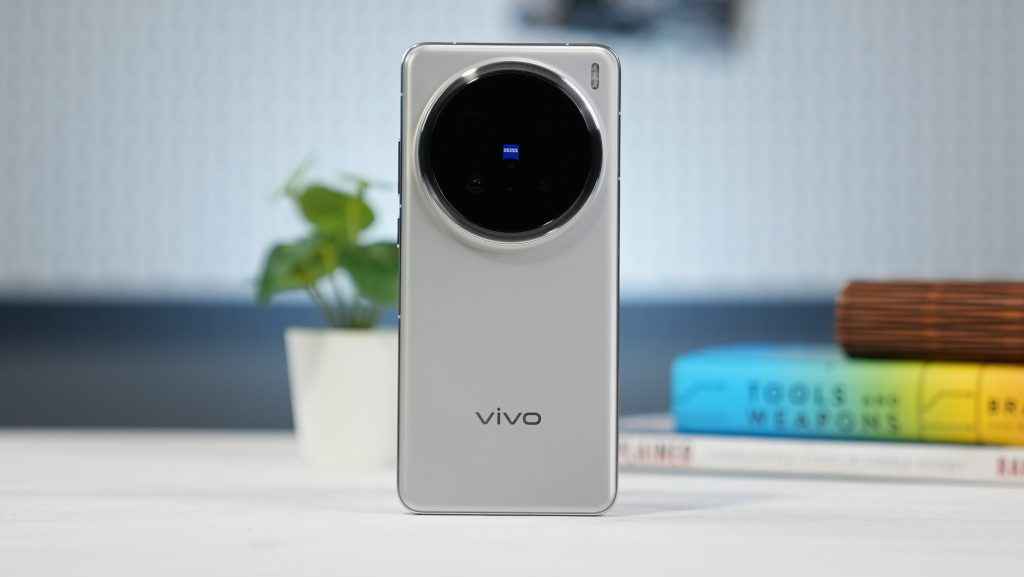
In benchmarks, the X200 Pro outperforms competitors like the OPPO Find X8 Pro, showcasing its prowess in raw performance. However, it falls behind gaming-focused phones like the iQOO 13 in most CPU and GPU benchmarks, sustained performance and storage read/write speeds. While casual gamers will undoubtedly find the performance smooth, heavy gamers might experience occasional throttling and heating during extended sessions of graphically intense games like Genshin Impact.
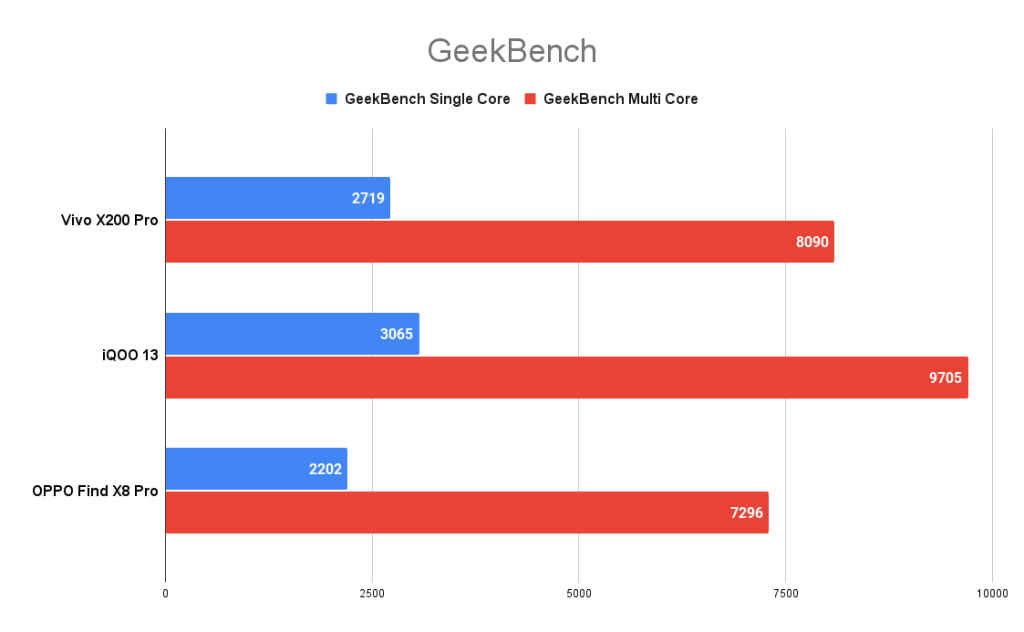
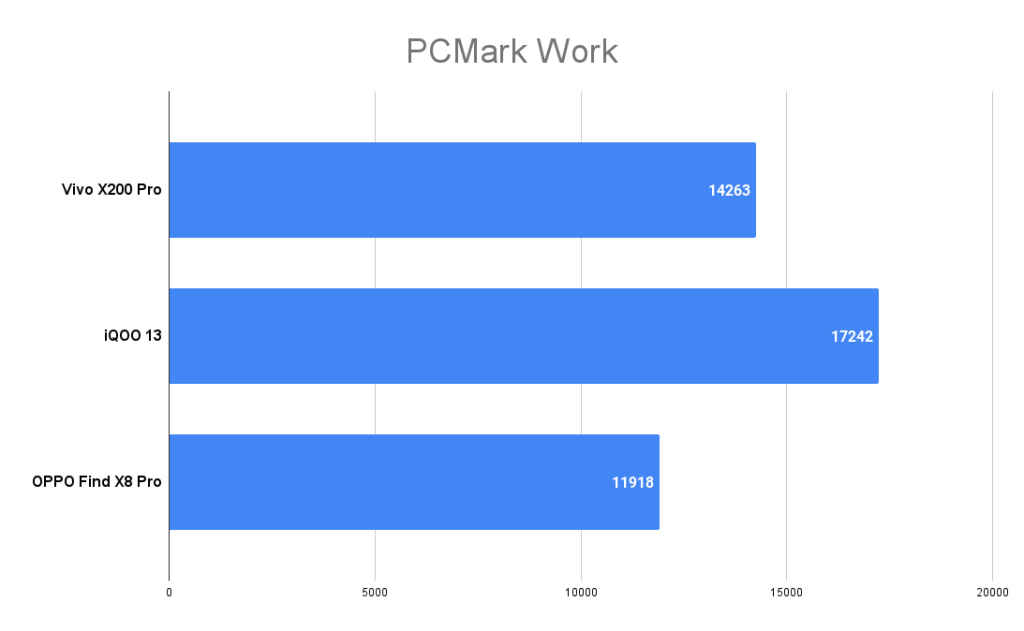
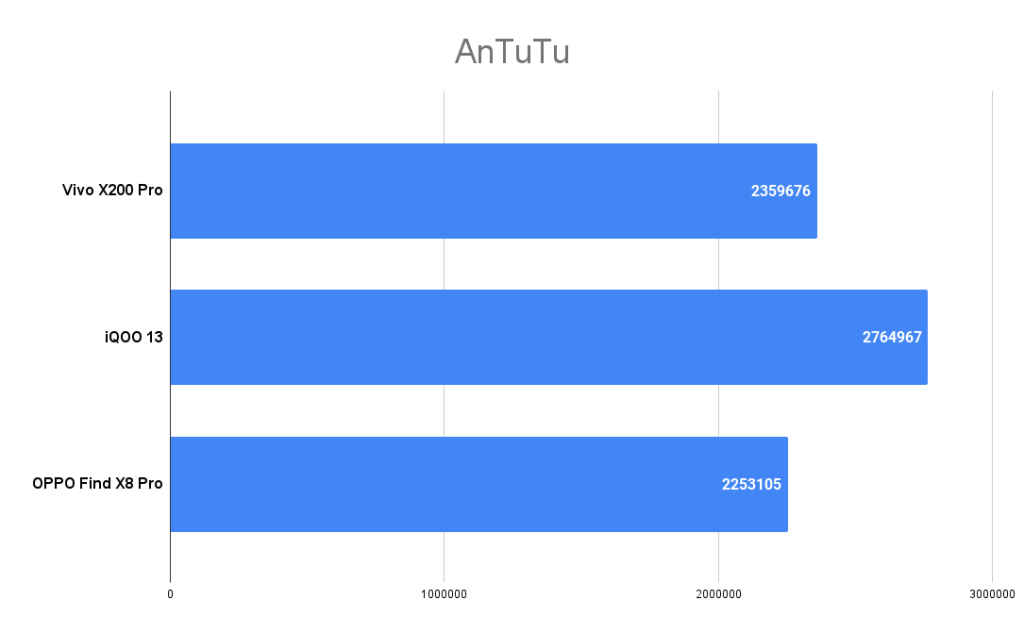
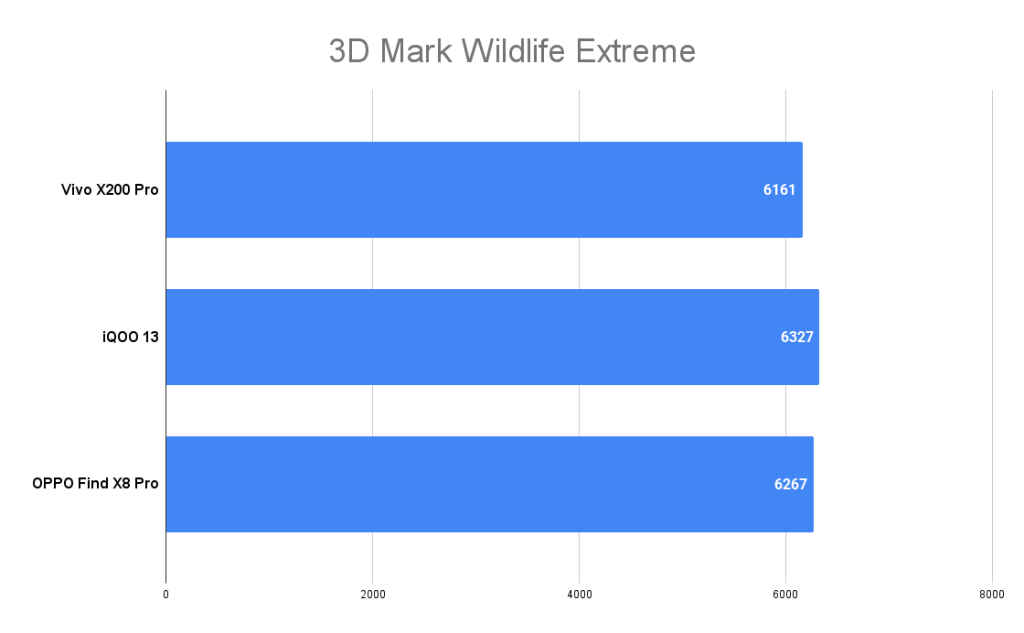
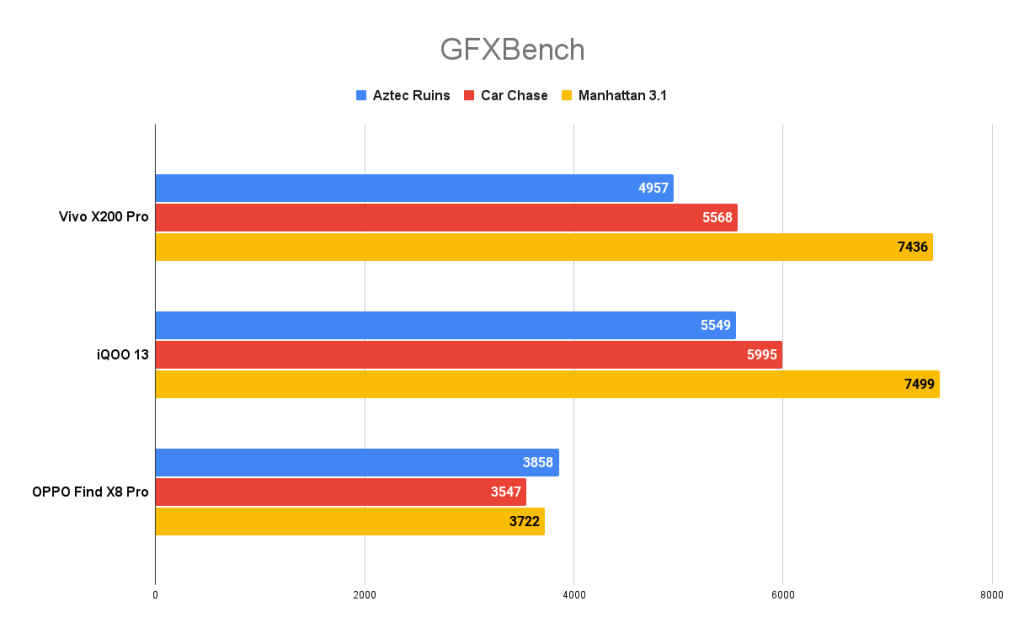
For non-gaming tasks, the phone excels. Apps open quickly, multitasking is seamless, and the phone rarely shows signs of lag. Vivo’s performance mode enables gaming at 120 FPS in supported titles like Call of Duty: Mobile, although the phone heats up slightly after prolonged sessions.
The X200 Pro’s thermal management could use some improvement, as sustained workloads lead to throttling. While it’s not the ultimate gaming powerhouse, it provides a balanced performance for most users, with enough power to handle demanding tasks without breaking a sweat.
Vivo X200 Pro Review: Software and AI
The X200 Pro runs on FunTouch OS 15, based on Android 15. Vivo has refined its software experience significantly, with smoother animations, cleaner visuals, and reduced clutter compared to earlier iterations. However, the presence of bloatware apps continues to detract from an otherwise polished interface.
Vivo promises four years of software updates and five years of security patches, which is slightly below the standard set by competitors like Samsung and Google. AI features, including the AI Eraser and AI Glare Reduction, are hit-or-miss. While the phone scores well in AI benchmarks, real-world performance isn’t always consistent. It scored 83/100 on our Digit AI-Q test.
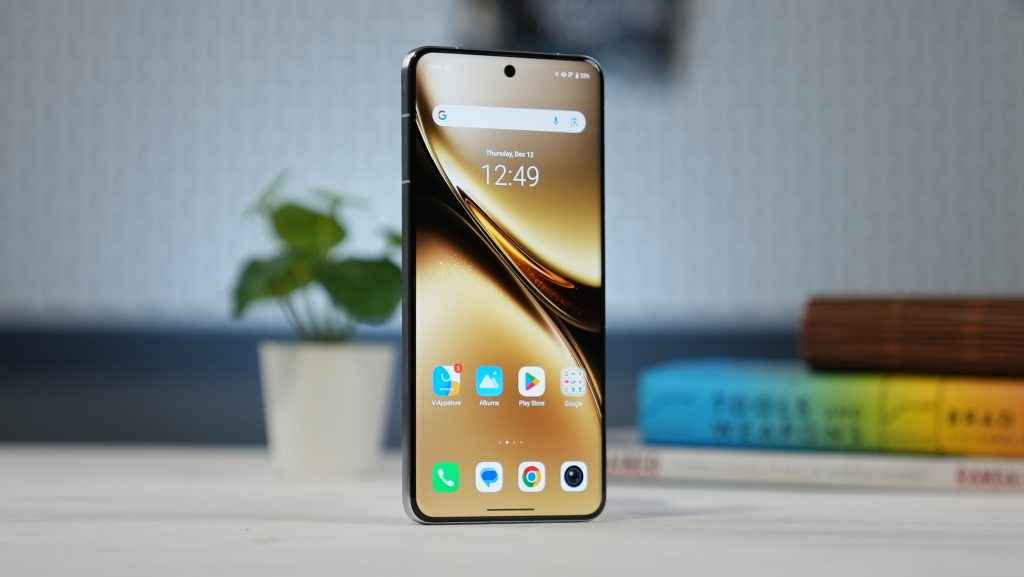
Look, FunTouch OS has come a long way, offering a modern and smooth interface, but there’s still room for improvement in terms of bloatware reduction and update longevity.
Have the cameras improved?
Cameras are the star of the show for the Vivo X200 Pro. While the primary sensor has a smaller size compared to the X100 Pro’s 1-inch sensor, the upgraded telephoto lens and improved ISP ensure a versatile and impressive imaging experience.
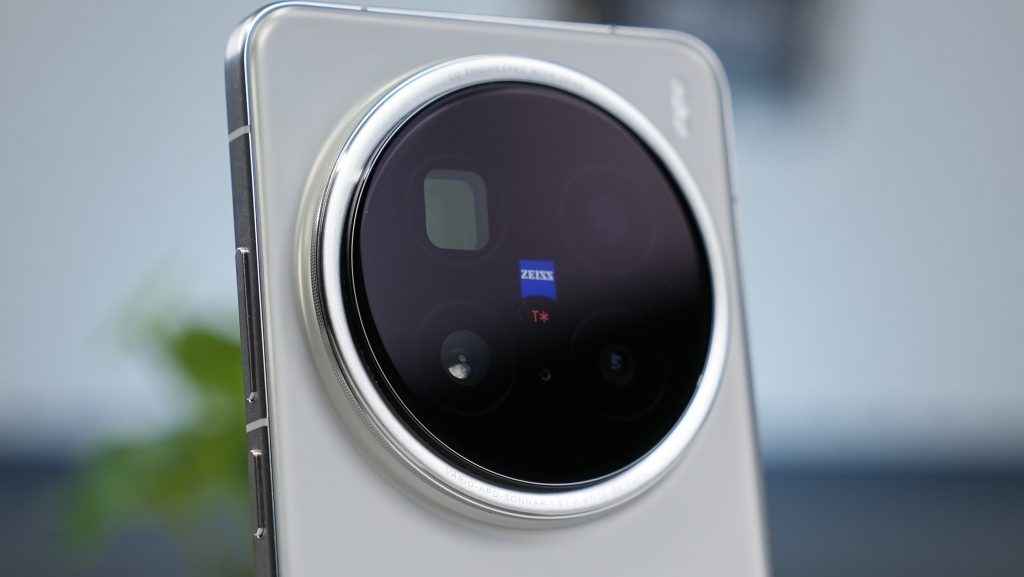
The X200 Pro features a 200 MP periscope telephoto camera with a larger sensor, delivering exceptional dynamic range and sharpness. Indoor close-ups are brighter and sharper on the X200 Pro, while portraits benefit from better edge detection and natural skin tones. Both 35mm and 50mm portrait modes offer a warm, lifelike rendering compared to the cooler tones of the X100 Pro. Check the camera samples below but do note these have been resized for the web.

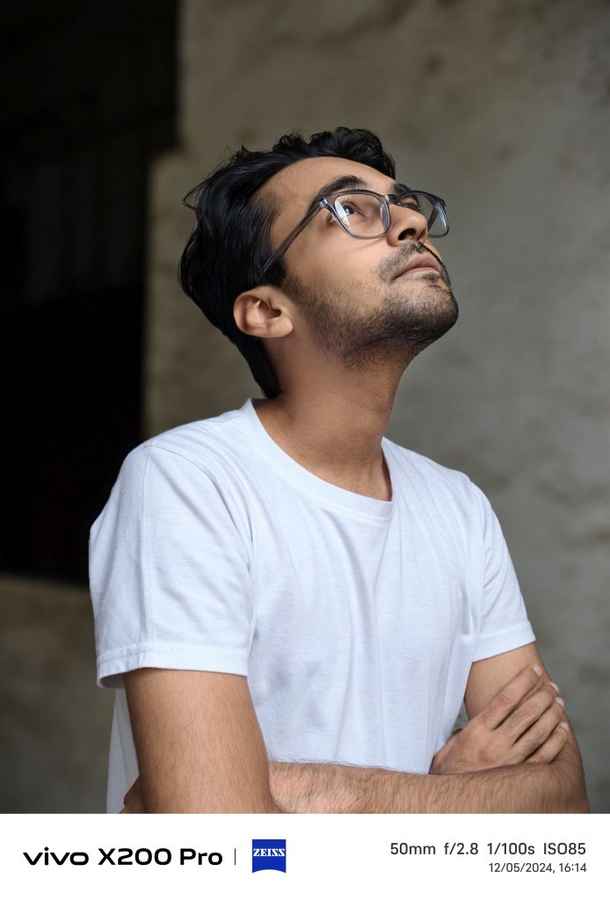


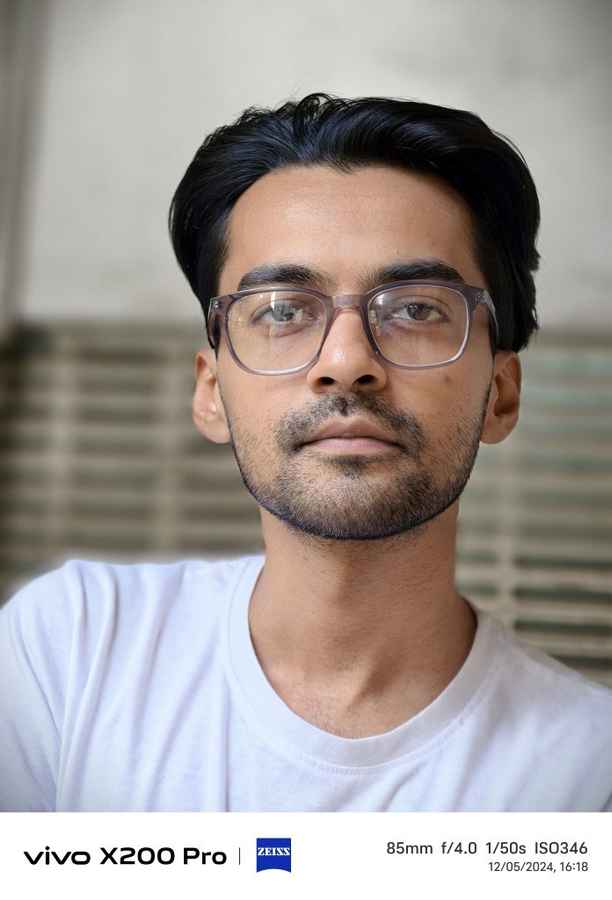
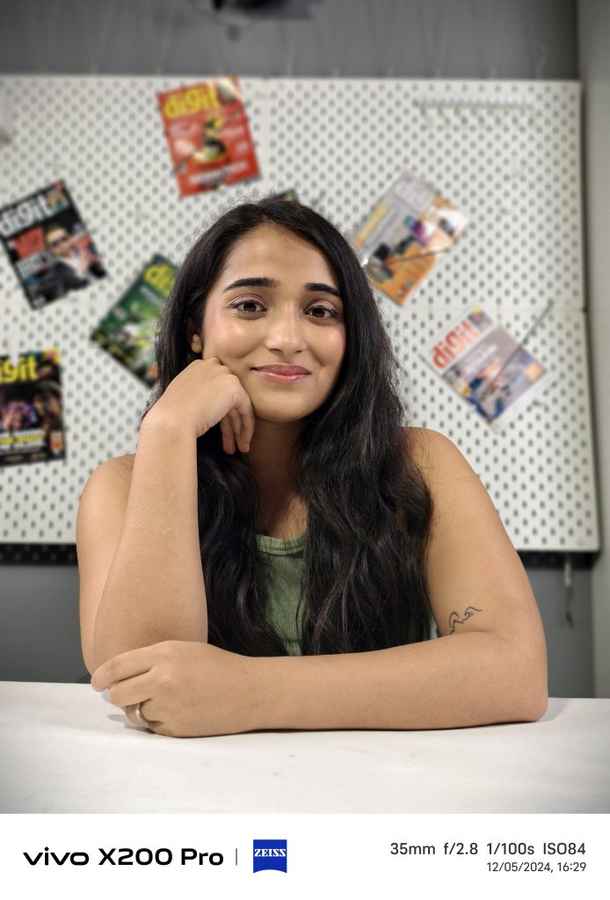
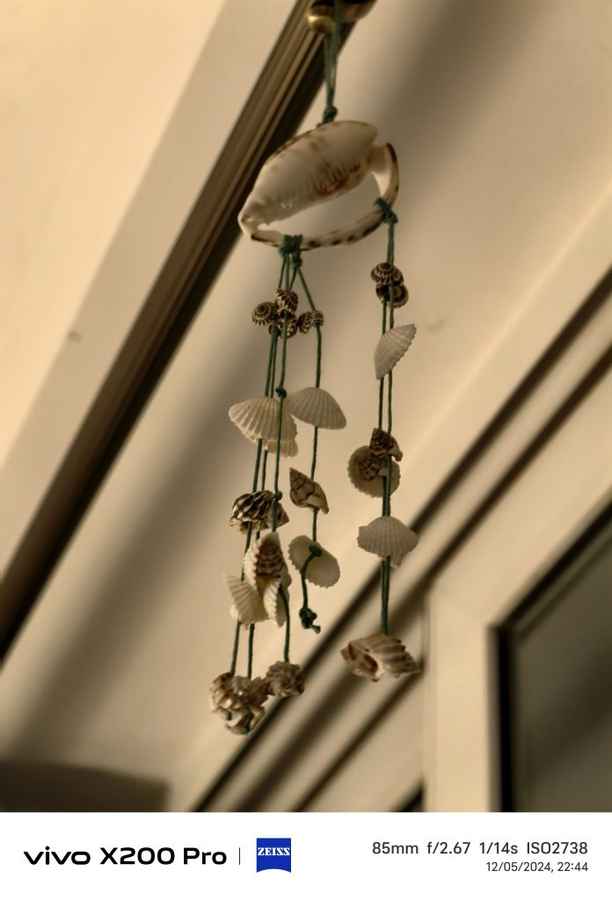

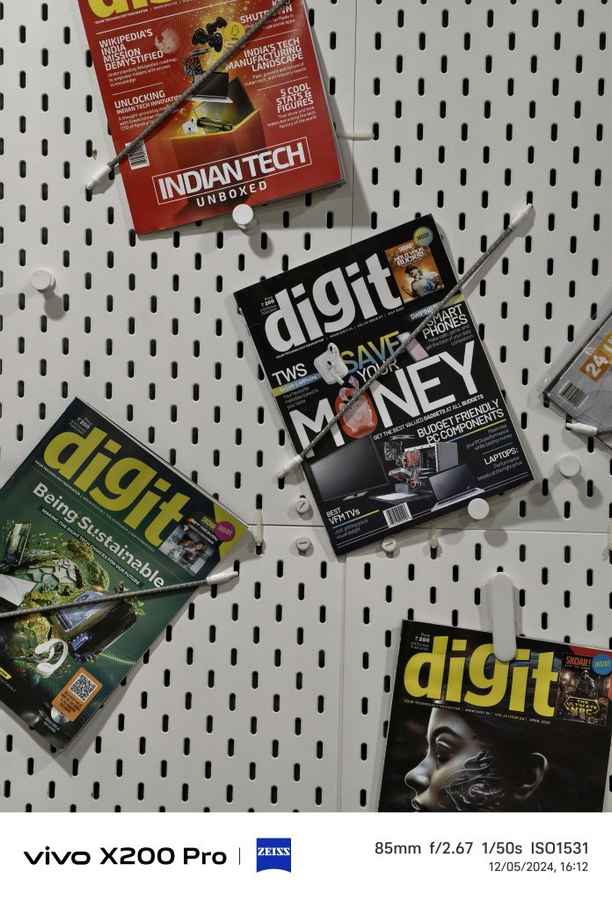
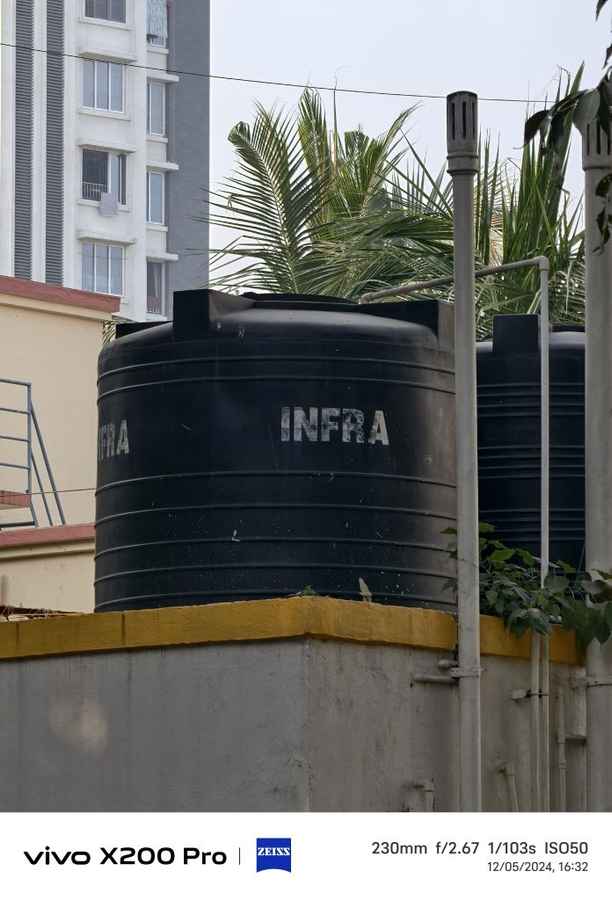


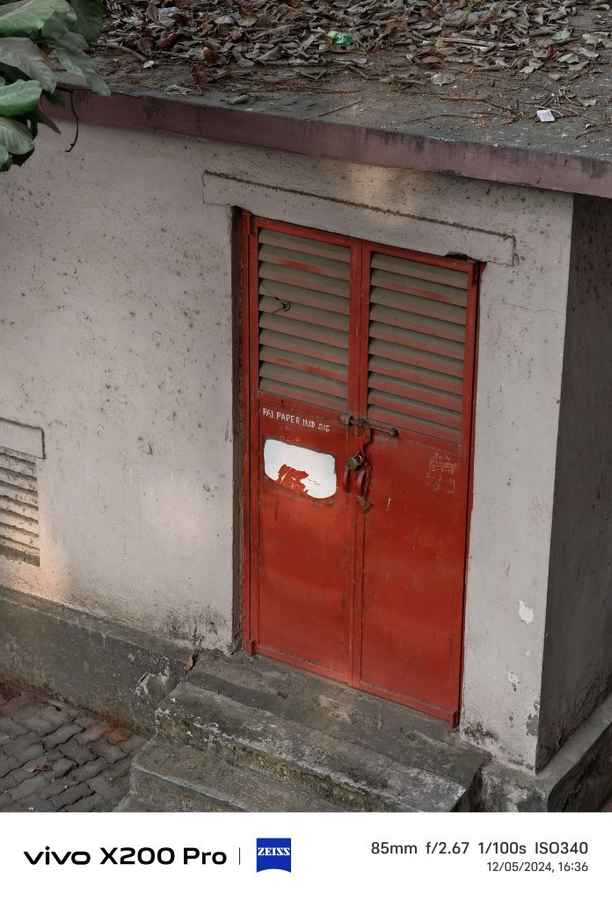
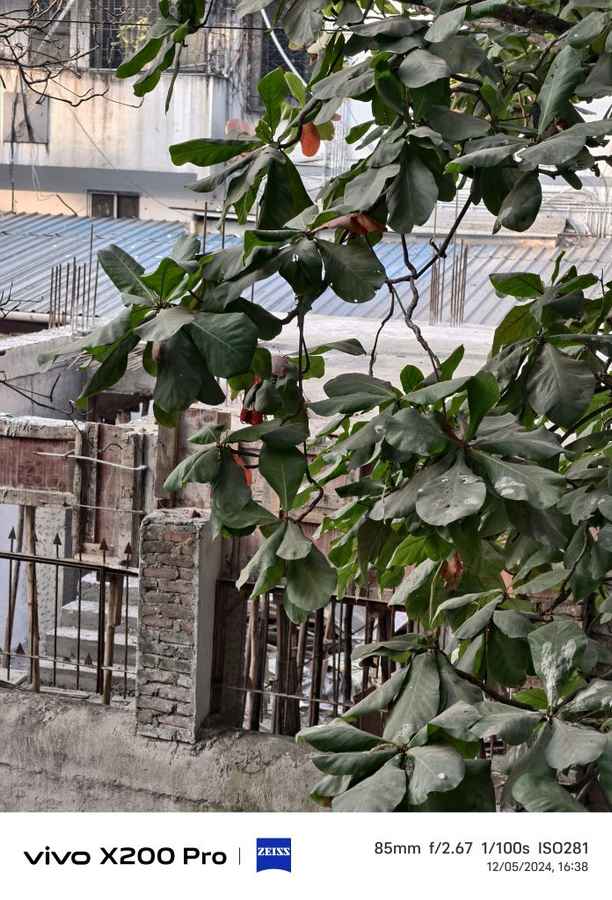

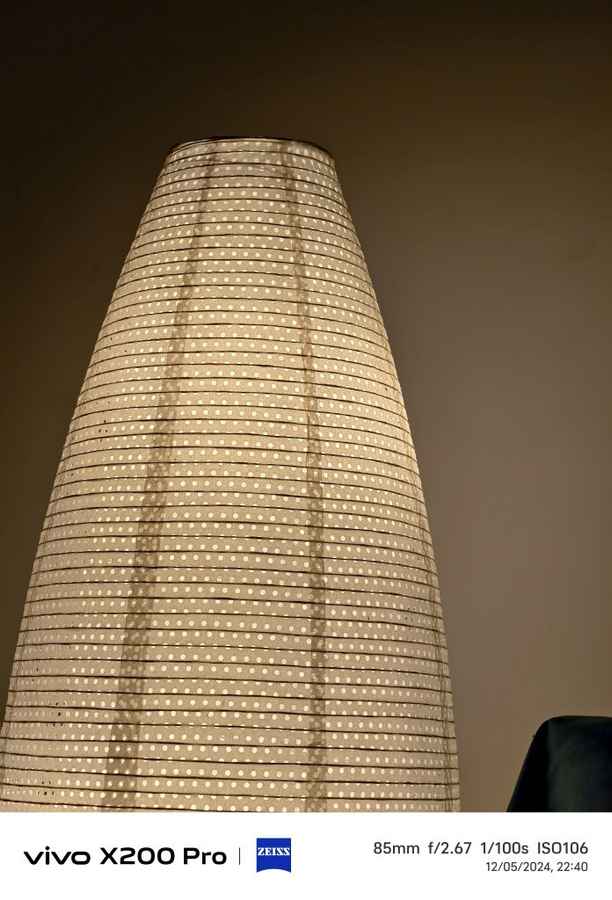

Daylight photography is a mixed bag; while the X200 Pro produces more natural colours, the X100 Pro’s larger sensor offers slightly better detail. Ultrawide shots are more natural on the X200 Pro, thanks to a better ISP and the new V3+ Imaging chip. Macro shots also show improved colours and detail, making the X200 Pro a versatile tool for photographers.
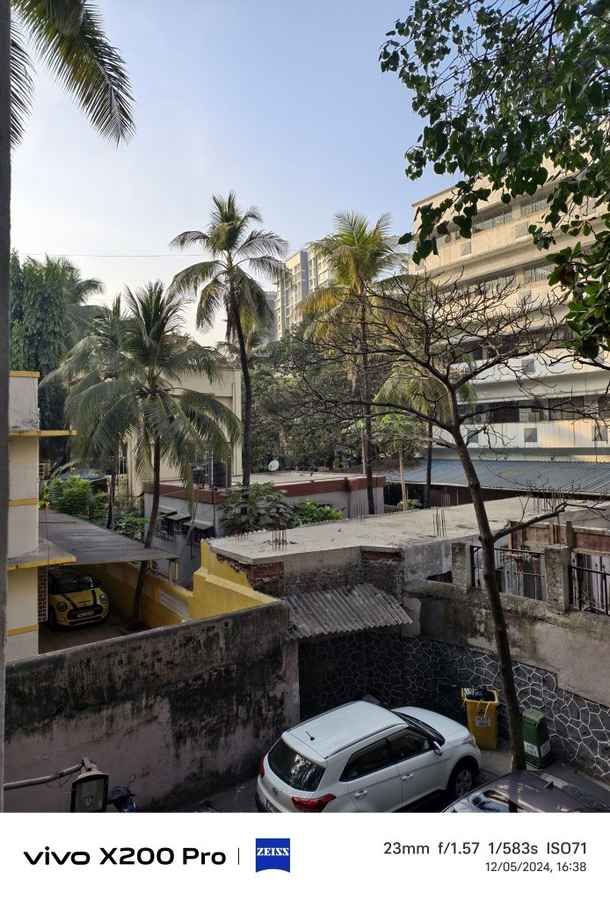
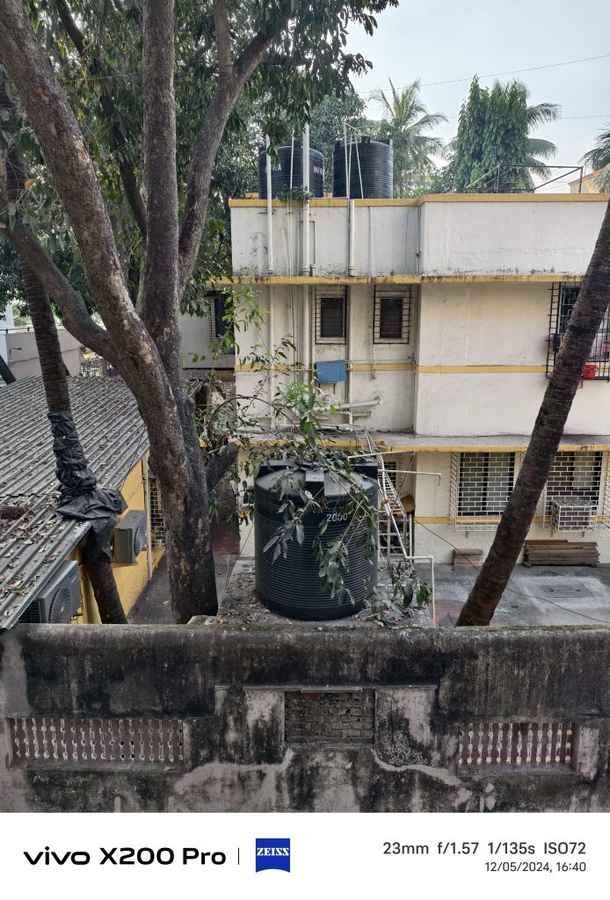

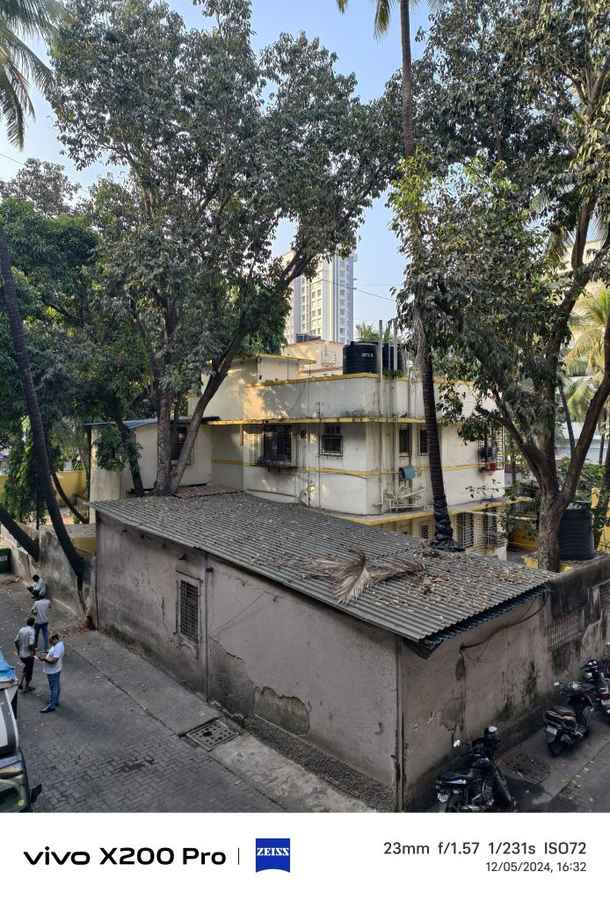
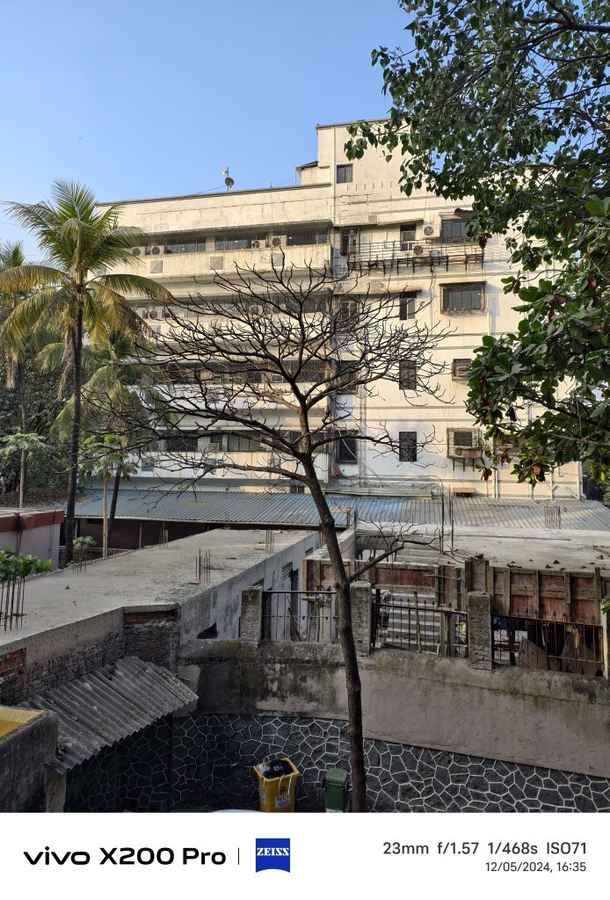

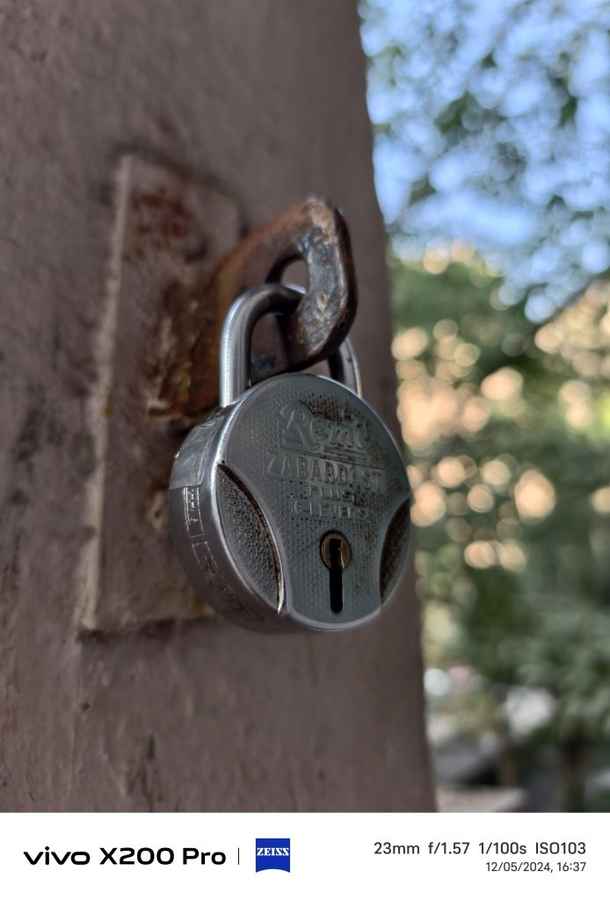

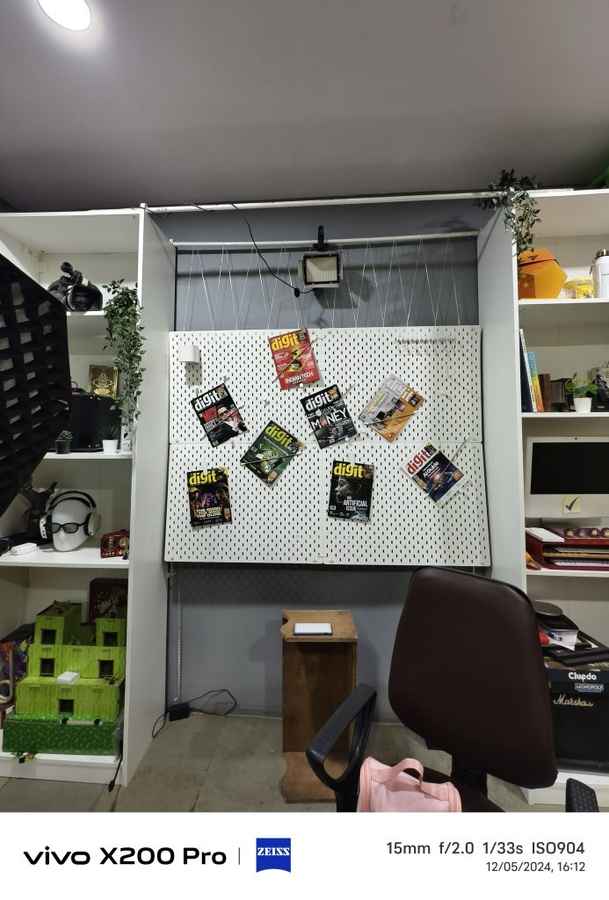

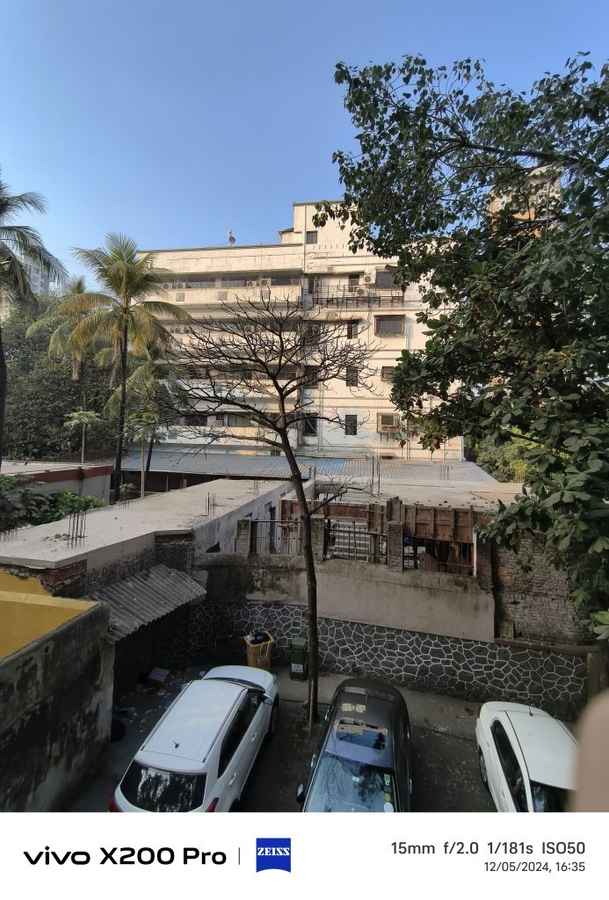
In low light, the X100 Pro edges out in detail retention, but the X200 Pro compensates with better colours and slightly improved dynamic range. The phone excels in video capabilities, supporting 8K recording, 4K at 120 FPS, and LOG video for professional-grade editing.
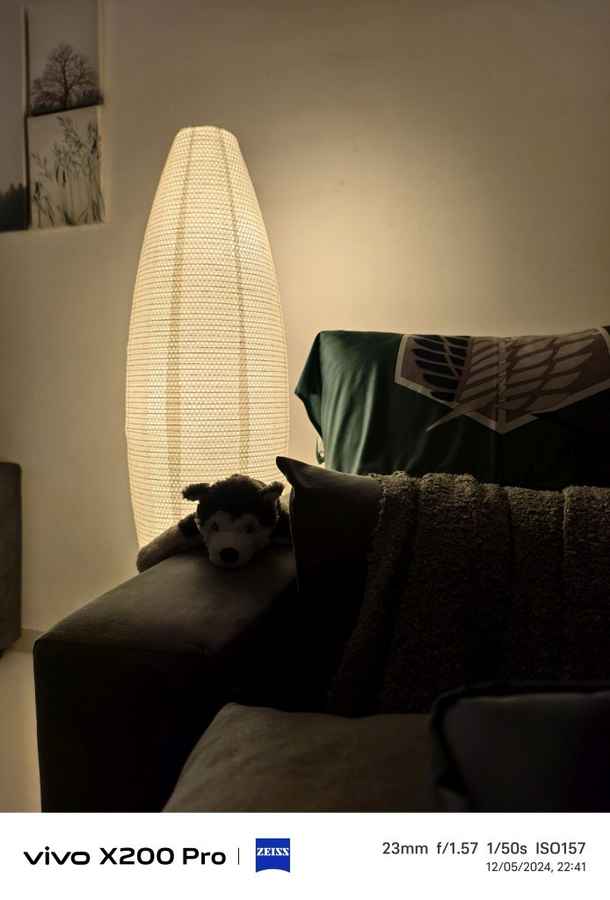
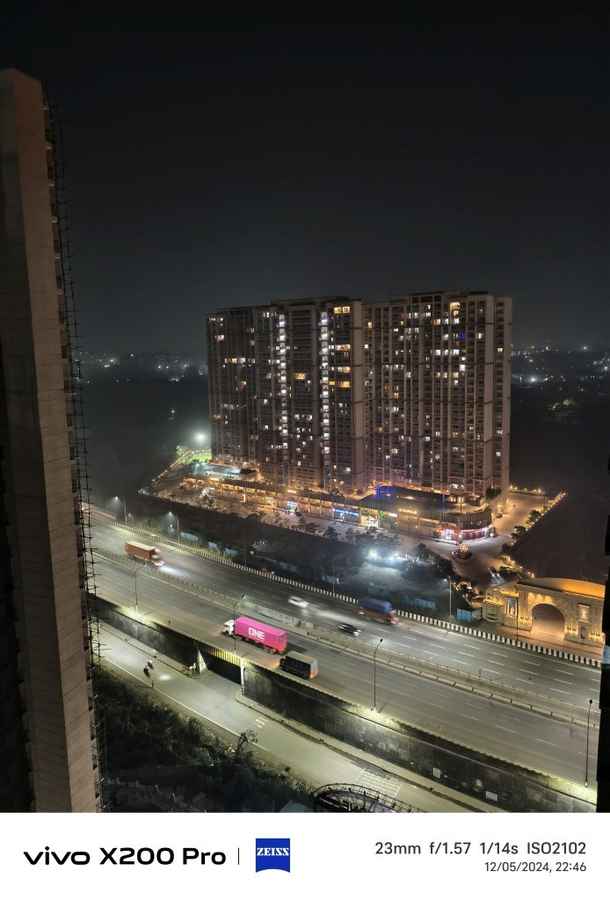
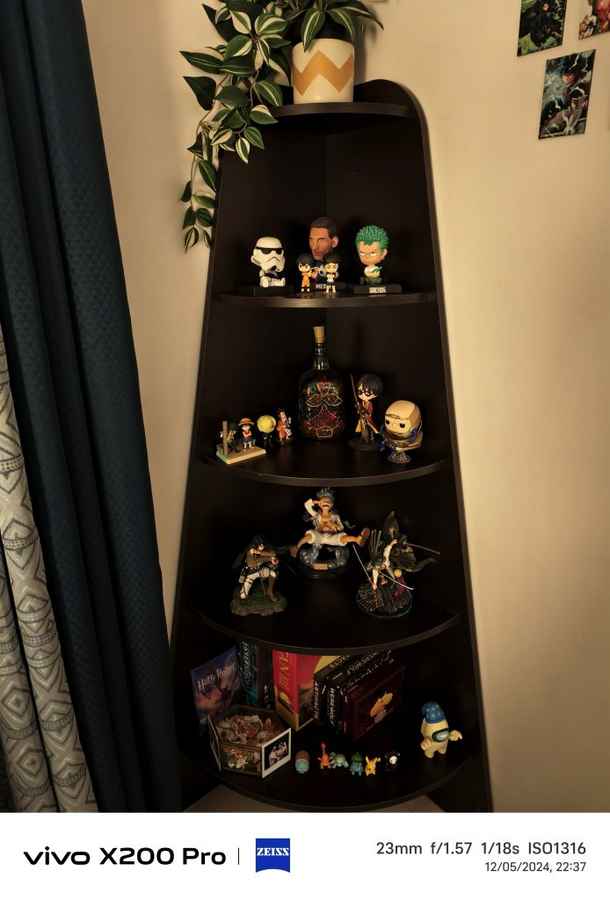



Selfies are another highlight, with the X200 Pro delivering more true-to-life skin tones and better low-light performance. Overall, the X200 Pro provides a polished and versatile imaging experience, making it an excellent choice for photography enthusiasts.


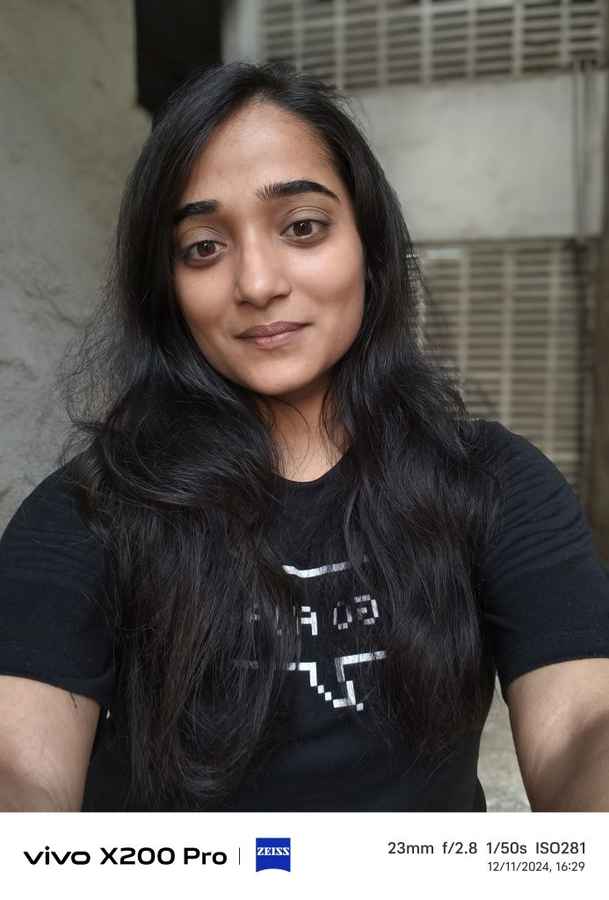
Vivo X200 Pro Review: Battery Life
The Vivo X200 Pro packs a massive 6,000 mAh Silicon Carbon battery, offering exceptional endurance. It lasted nearly 20 hours in the PCMark Battery Test, outperforming competitors like the OPPO Find X8 Pro and Realme GT 7 Pro.
In real-world usage, the X200 Pro easily delivers 9-10 hours of screen-on time with medium to heavy use. The 90W wired charging fills the battery from 0 to 100% in just 45 minutes, while 30W wireless charging provides added convenience.
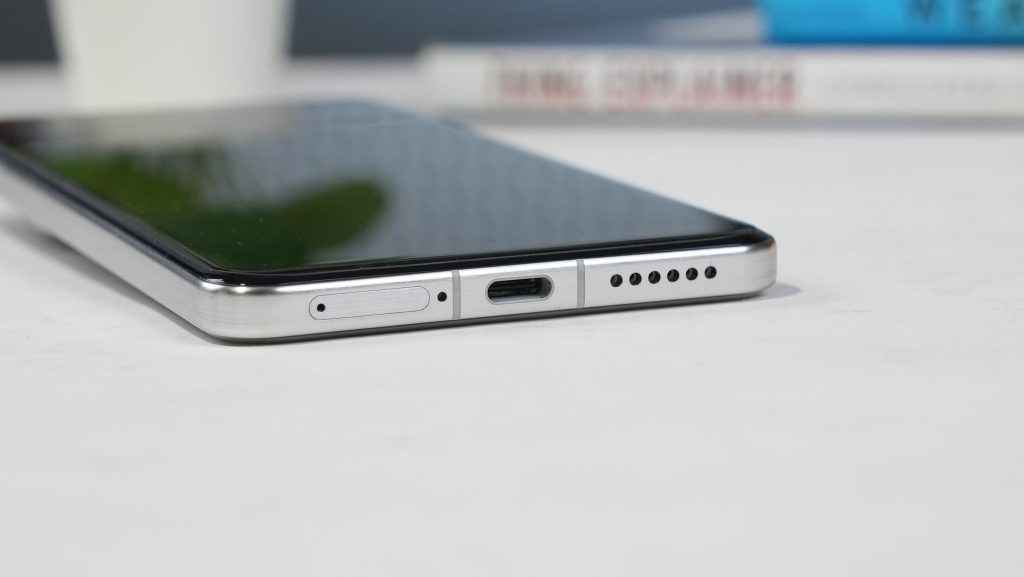
This stellar battery performance ensures that the X200 Pro is a reliable companion for power users who value all-day endurance without frequent charging. Vivo’s efficient display and optimised software contribute to one of the best battery experiences in the flagship segment.
Should you buy it?
The Vivo X200 Pro is a testament to Vivo’s commitment to pushing the boundaries of smartphone photography. Its revamped telephoto lens, improved video capabilities, and versatile camera features make it a standout choice for photography enthusiasts.
While it doesn’t dominate in raw performance or gaming, the X200 Pro delivers a well-rounded flagship experience with excellent battery life, a stunning display, and a premium build. The refined FunTouch OS enhances usability, but the bloatware remains a drawback.
For users upgrading from older smartphones or looking for a photography-first flagship, the X200 Pro offers compelling value. However, those with the X100 Pro should carefully evaluate whether the improved telephoto lens and design tweaks justify the upgrade.
Vivo X200 Pro Key Specs, Price and Launch Date
| Release Date: | 19 Dec, 2024 |
| Market Status: | Launched |
Key Specifications
Storage
512 GB
Battery capacity (mAh)
6000
Rear Camera Megapixel
50 + 200 + 50
Screen size (in inches)
6.78
Dhriti Datta
Perpetually sporting a death stare, this one can be seen tinkering around with her smartphone which she holds more dear than life itself and stuffing her face with copious amounts of bacon. View Full Profile


